11 Breathtaking Photos Captured by NASA’s Powerful X-Ray Space Telescope
NASA’s powerful Chandra X-ray Observatory is one of the most powerful telescopes ever built. In the 25 years since it first embarked on its mission, it has captured fascinating images of the universe that have led to scientific breakthroughs.
Chandra has been a beacon of scientific exploration for the past two and a half decades, tirelessly snapping images of black holes and other cosmic phenomena. The powerful X-ray telescope continues to illuminate the mysteries plaguing researchers, and here are 11 of its most breathtaking photos.
Chandra X-ray Telescope is Launched Into Space
The Chandra X-ray telescope first ventured into space in July 1999 aboard the space shuttle Columbia. “Chandra’s discoveries have continually astounded and impressed us over the past 25 years,” said Eileen Collins, commander of that Columbia mission.
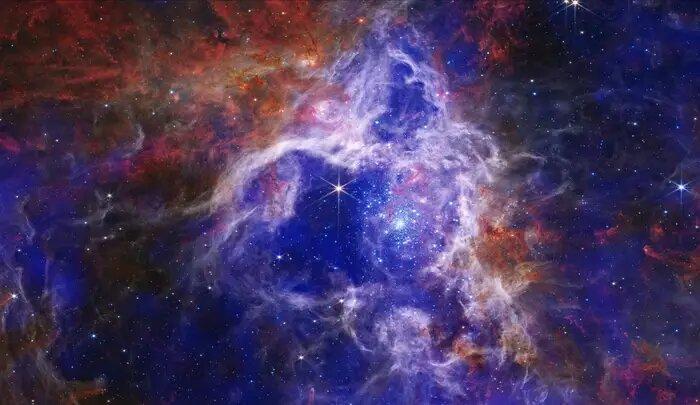
Source: NASA
Its powerful telescope has captured images such as this of The Tarantula Nebula.
The Debris From a Dying Star
The X-ray images of the cosmos taken by Chandra are of particular interest to astronomers, as they can capture debris pushed out from events like the death of a star.

Source: NASA
In this image, Chandra captured a rare type of Wolf-Rayet star experiencing an evolutionary phase in its long life.
The Purpose of the Chandra Telescope
Jonathan McDowell, an astrophysicist who leads science data systems for Chandra, explains the purpose of a telescope like Chandra: “Often, you get like a gas cloud that’s glowing, and then there’s this X-ray source in the middle that’s pumping the energy into it, causing it to glow.”
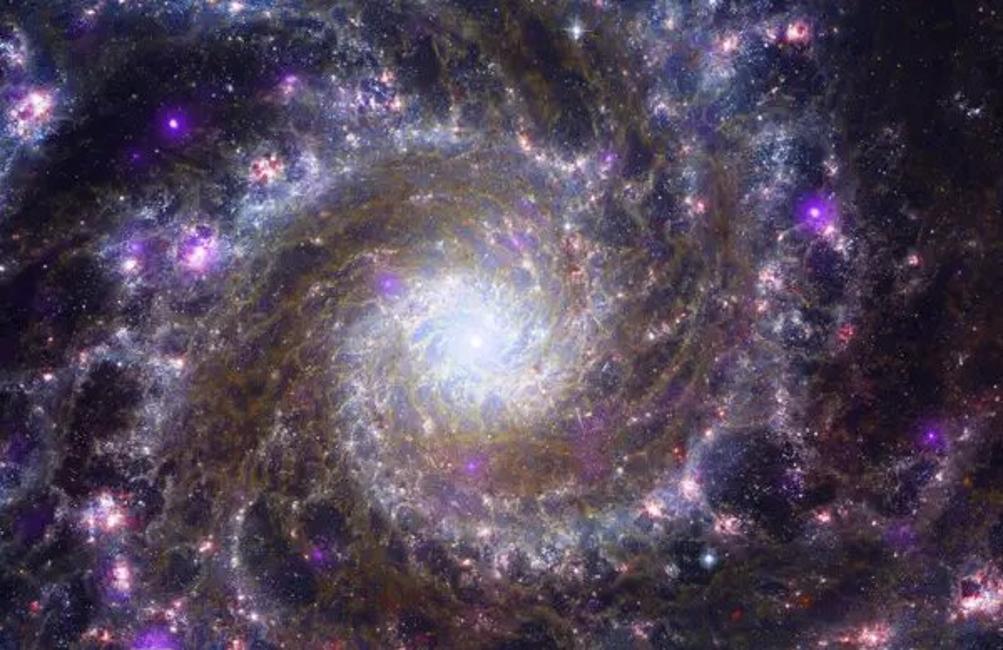
Source: NASA
He continued, “If you don’t have Chandra, you can’t see that. So you’re missing a big part of the story.”
Jupiter's Aurora
The powerful Chandra telescope has also captured fascinating images of Jupiter’s very own version of the aurora lights.
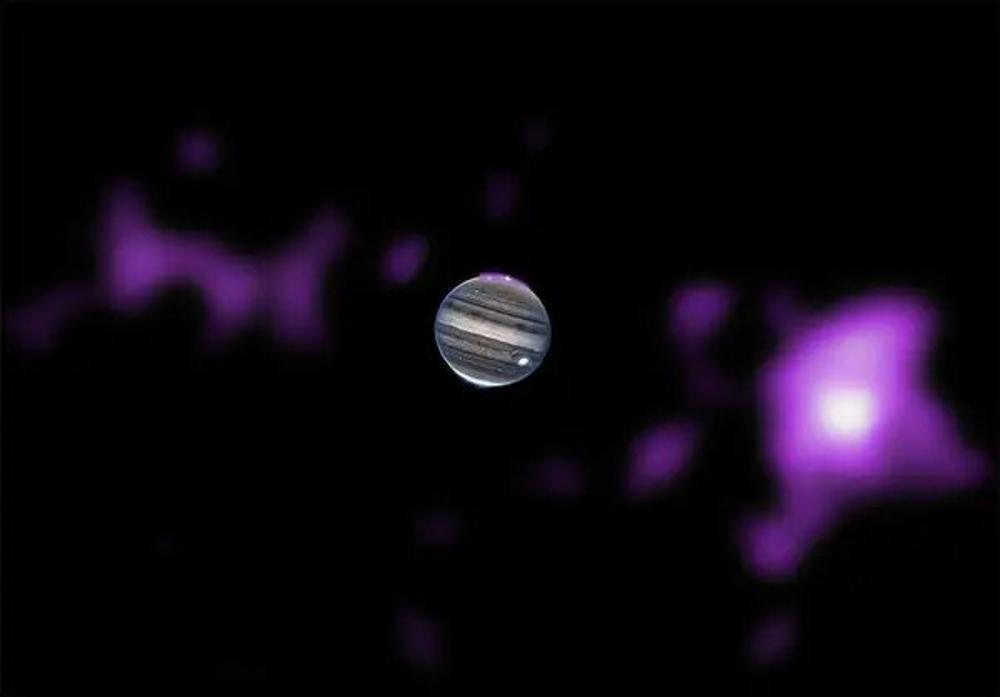
Source: NASA
This unique phenomenon comes from charged particles sent out into space by the sun, which interact with the poles of Jupiter. This creates a fascinating light show like that witnessed on Earth.
Chandra Captures Images of Black Holes
Chandra is responsible for capturing the first direct evidence of the existence of dark matter, a mysterious and invisible substance that may account for up to 27% of the universe.

Source: NASA
The powerful X-ray telescope has also captured captivating images of black holes deep in space.
The Green Monster
During one mission, Chandra captured a breaking-taking image of what researchers refer to as the “Green Monster” within a supernova.
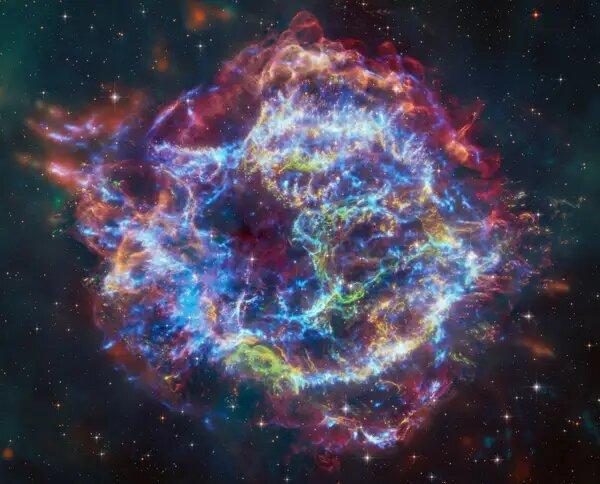
Source: NASA
Working alongside the James Webb Telescope on this mission, the researchers captured a beautiful image of the green loop in the center of the vivid supernova, which researchers suggest was shot out when a star exploded.
Chandra Has Completed Over 25,000 Observations
Since its inception, Chandra has made around 25,000 observations, shedding considerable insight into the nature of the universe through its extensive catalog of X-ray photographs.
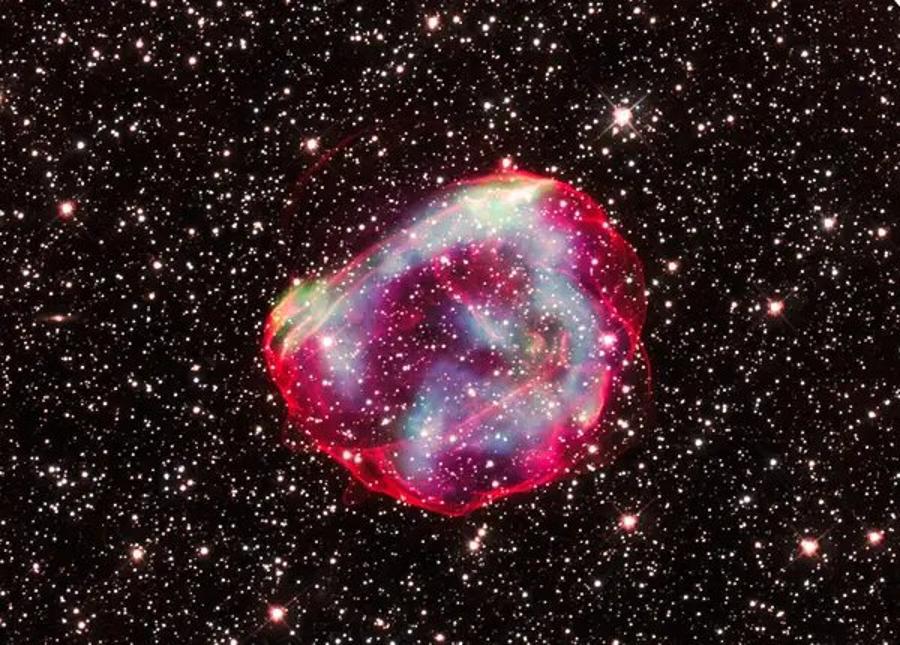
Source: NASA
Over 10,000 academic papers have been published based on these observations, one of which studied this image of a bubble of debris that resulted from a dying star.
Sagittarius A* is Spinning Rapidly
Researchers have long theorized that a supermassive black hole is at the center of every galaxy, including our own, where we find Sagittarius A*.
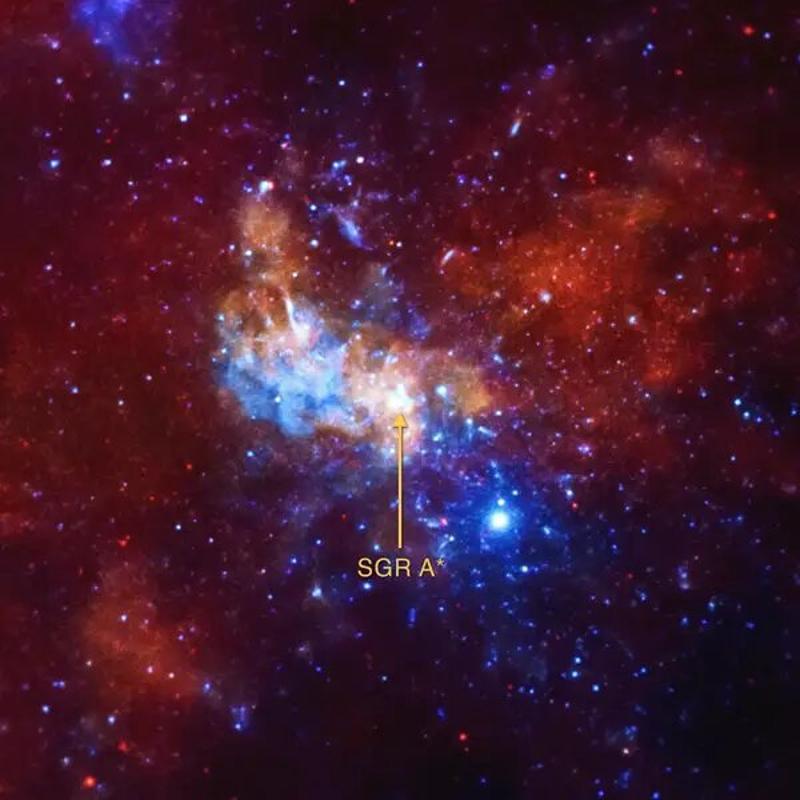
Source: NASA
Chandra has provided valuable insight into this enormous black hole, suggesting that it’s rapidly spinning. Astronomers explain that this rapid spinning is due to the Lense-Thirring effect, which arises from the black hole’s ability to drag space-time along with its spin.
Gas at the Center of the Milky Way
This past year, Chandra snapped an image of a large gas vent at the center of our galaxy, the Milky Way.
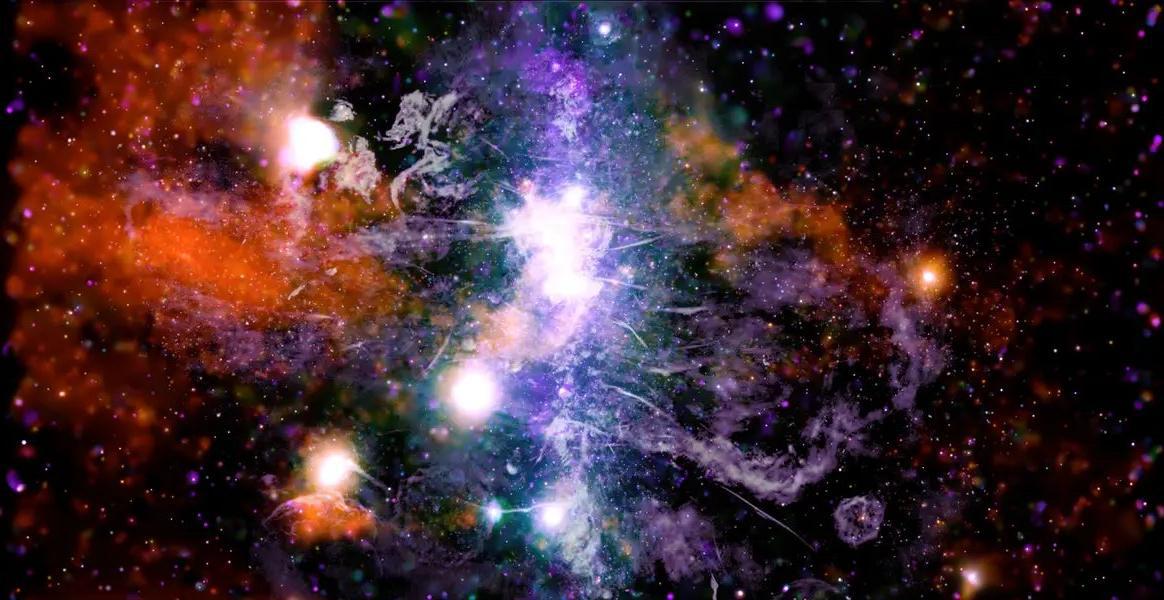
Source: NASA
Researchers believe the unique gas may have formed following enormous eruptions from Sagittarius A*, the central supermassive black hole nestled at the center of the Milky Way.
Chandra's Days May Be Numbered
Unfortunately, Chandra’s service to the astronomical world may be coming to a close as NASA struggles to find room in its budget to continue funding the space mission.
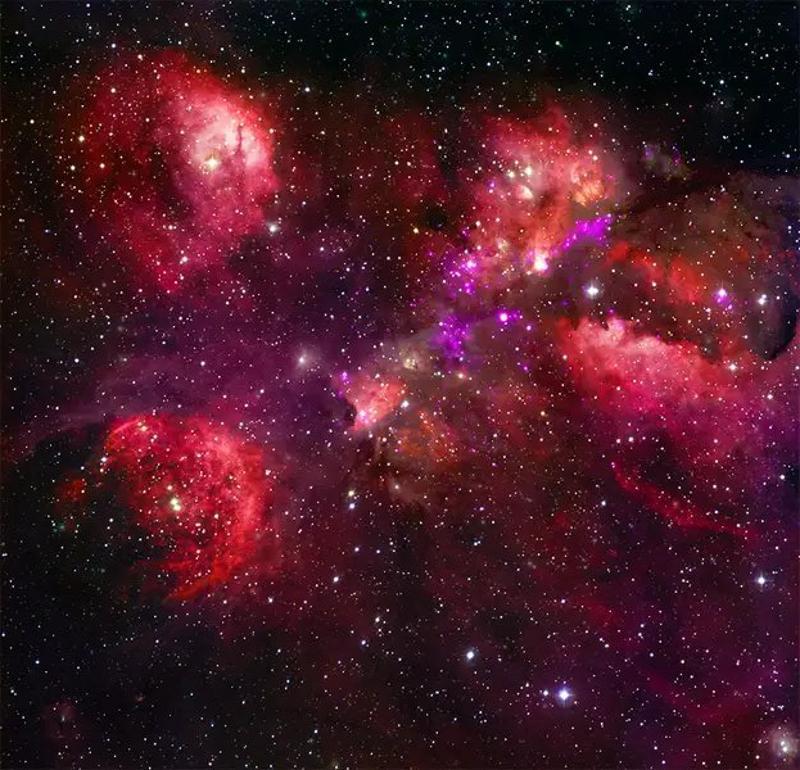
Source: NASA
NASA announced that Chandra’s funding would drop from $68 million to $41 million in 2025. By 2029, however, this will plummet to just $5.2 million.
Remarkable History of the Chandra Telescope
Despite the uncertain future of NASA’s powerful Chandra telescope, it has made some remarkable discoveries in its 25-year history.
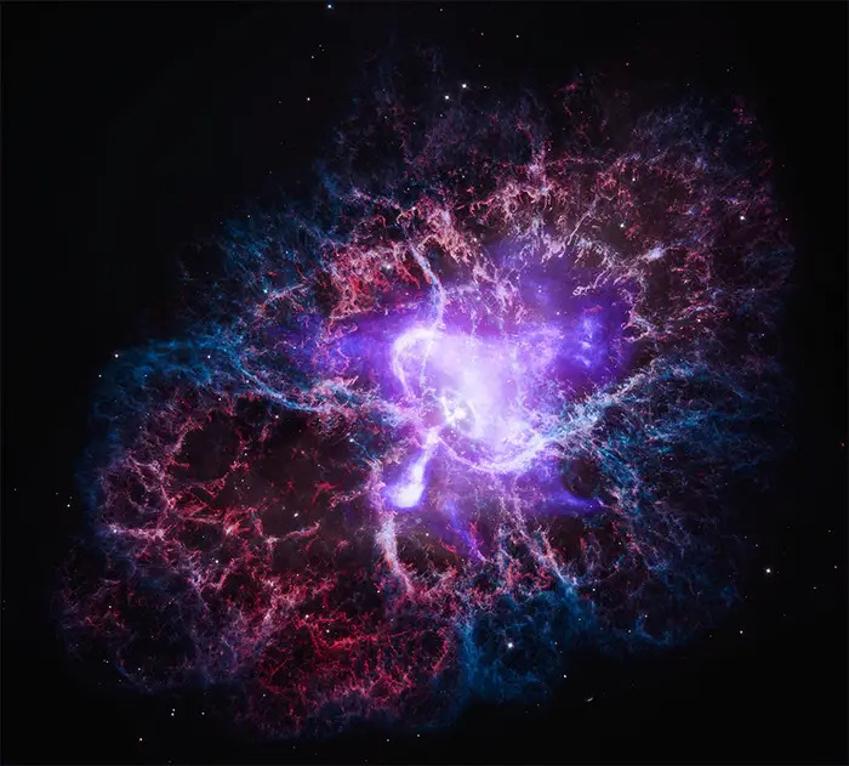
Source: NASA
Researchers believe theres a good chance the revered X-ray telescope could uncover a few more of the universe’s secrets before it is eventually forced into retirement before the end of the decades.
